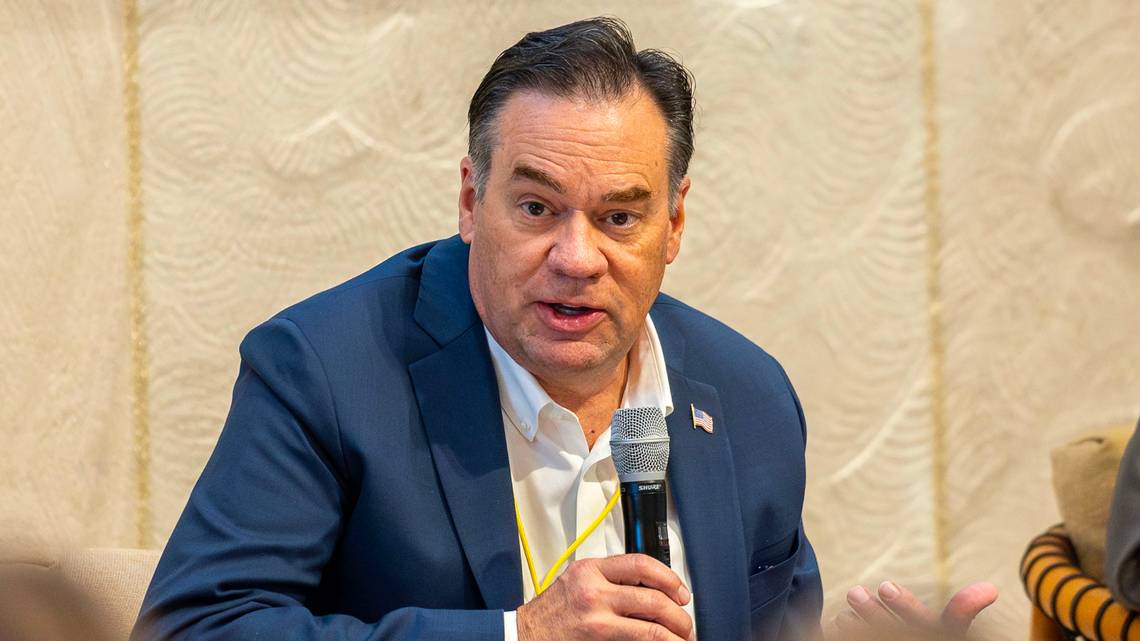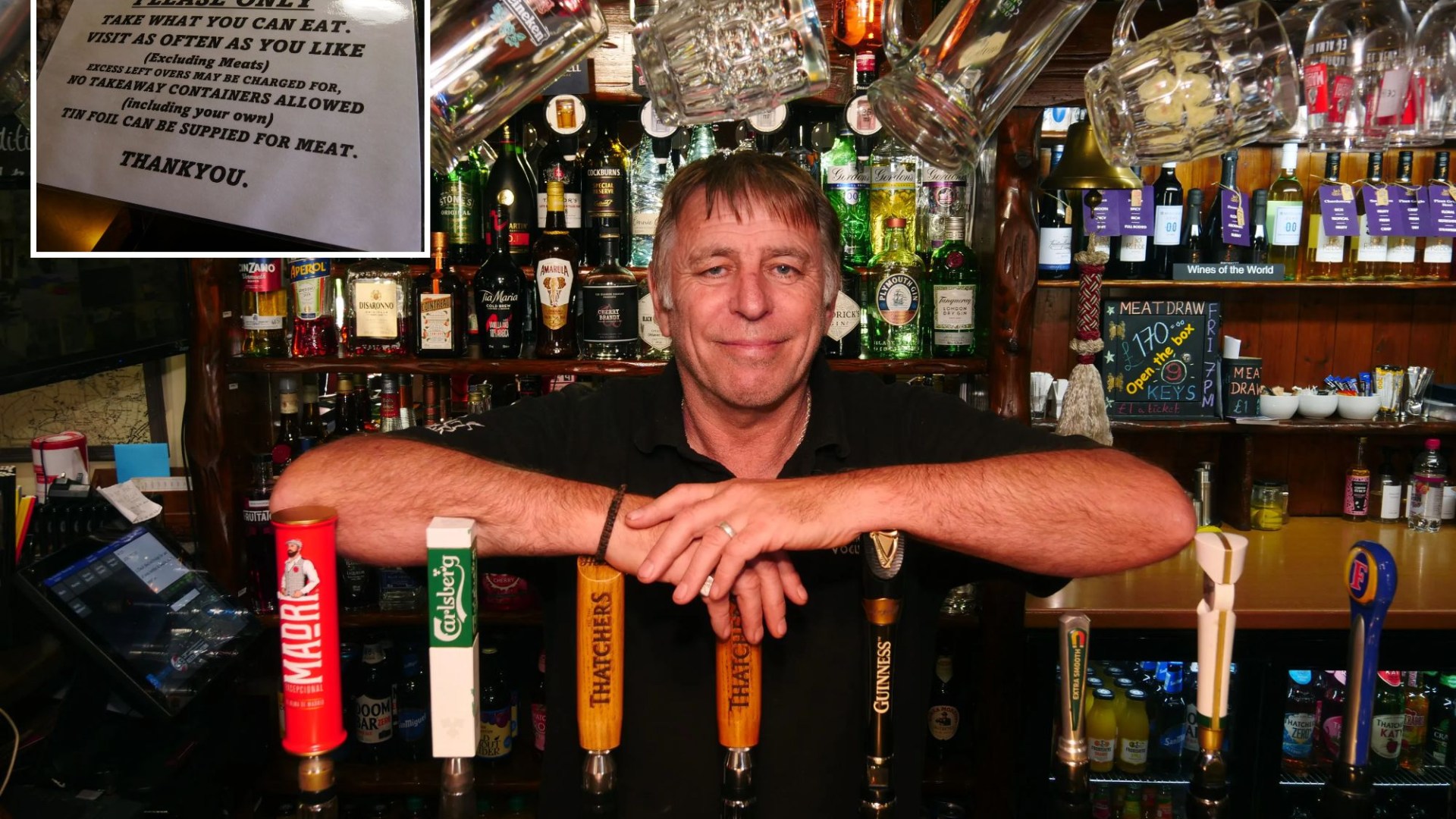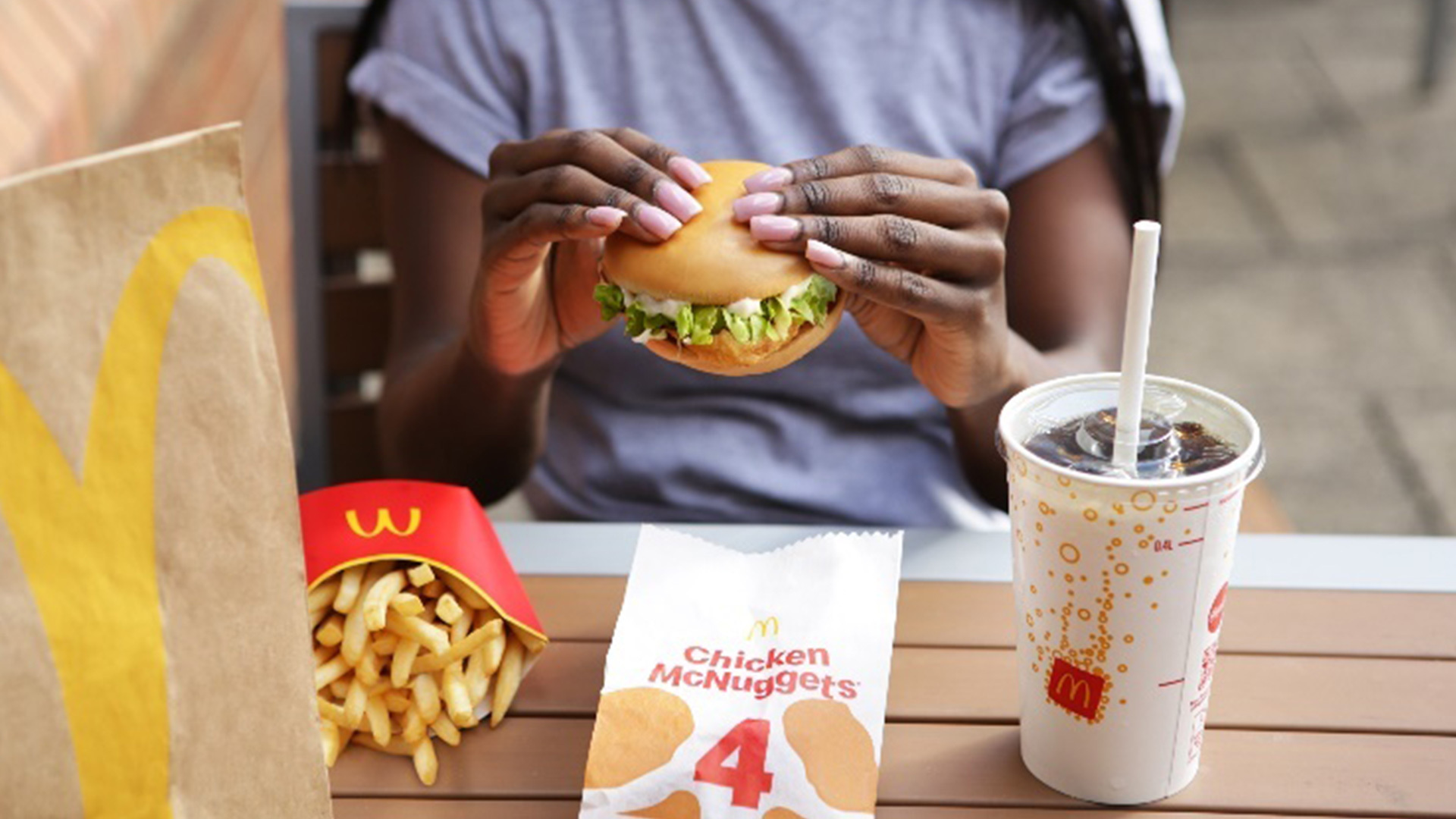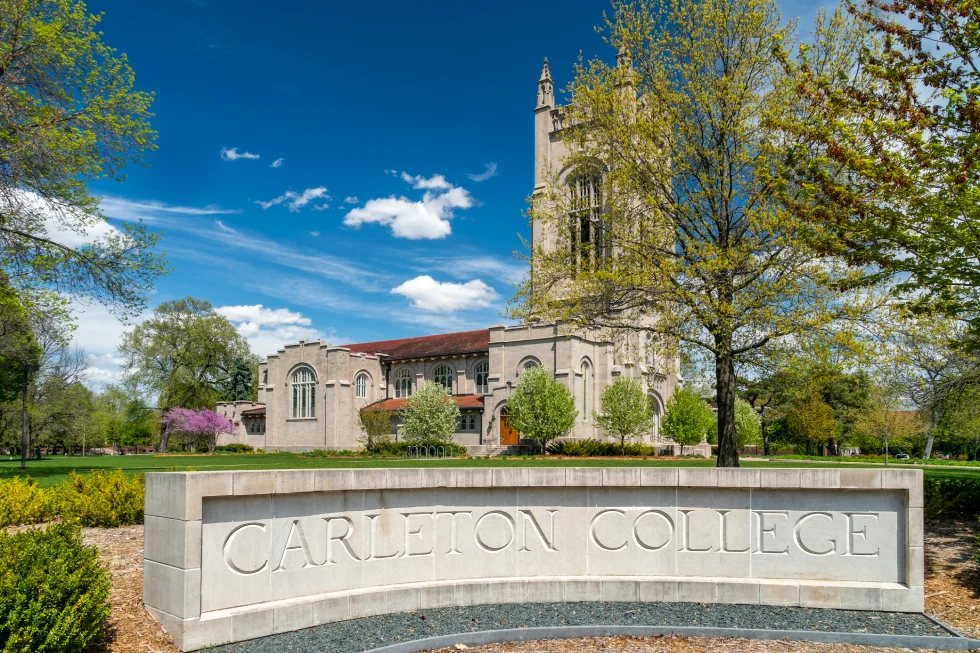Russian spies are on a “mission to generate mayhem on British . . . streets” while Iran has been fomenting lethal plots against the UK at “an unprecedented pace and scale”, the head of Britain’s domestic intelligence service has warned.
Instances of spying against the UK by other states rose by half over the past year, MI5 director-general Ken McCallum said on Tuesday, with the range of threats facing the UK “the most complex and interconnected . . . we’ve ever seen”.
The number of aggressive state actions investigated by MI5 had “shot up” by 48 per cent in the previous 12 months, he said, and the agency had responded to 20 potentially lethal Iran-backed plots since January 2022.
“MI5 has one hell of a job on its hands,” McCallum said in his annual threat assessment. Alongside its counterterrorism work, which has continued at a more or less steady level for the past five years, MI5 was having to confront “state-backed assassination and sabotage plots, against the backdrop of a major European war”, he added.
McCallum said MI5 had so far not seen the rising conflict in the Middle East lead directly to increased terrorism incidents in the UK.
“We are powerfully alive to the risk that events in the Middle East trigger terrorist action in the UK,” but “we haven’t — yet — seen this translate at scale into terrorist violence”, he said.
Nonetheless, radicalisation stemming from recent events in the Middle East was a “slow burn” process, McCallum cautioned, adding that established groups such as Islamic State and al-Qaeda had “resumed efforts to export terrorism”.
McCallum said the return of these groups was the “terrorist trend that concerns me most”. Over the past month, more than a third of MI5’s highest-priority investigations were linked to organised overseas terrorist groups.
Another development is that one in eight terrorists now being investigated in the UK are minors recruited online. MI5 had seen a “threefold increase” in investigations of under-18s in the past three years, driven by far-right terrorism that skews “heavily towards young people, driven by propaganda that shows a canny understanding of online culture”.
However, it is state threats that have undergone the biggest rise, not least by Russia. Britain’s decision to expel 750 Russian diplomats had “put a big dent” in the Kremlin’s ability to cause damage in the west, as “the great majority of them” were “spies”.
Denying diplomatic visas to new Russian agents by the UK and its western allies was “not flashy, but it works”, he added.
The expulsions forced Russian spies such as its GRU military intelligence unit to use proxies, including private intelligence operatives and criminals.
McCallum said this had reduced the usual professionalism of Russia’s spy services and increased MI5’s “disruptive options”, as the proxies were not covered by diplomatic immunity.
Nevertheless, the UK’s “leading role in supporting Ukraine means we loom large in the fevered imagination of Putin’s regime”, McCallum said, adding that “we should expect to see continued acts of aggression here at home”.
“The GRU in particular is on a sustained mission to generate mayhem on British and European streets . . . arson, sabotage and . . . dangerous actions conducted with increasing recklessness,” he said.
Iran has also stepped up its recruitment of criminals — from international drug traffickers to low-level crooks — to serve as proxies for Tehran’s espionage operations in the UK, mostly against dissidents.
Since January 2022, “we’ve seen plot after plot here in the UK, at unprecedented pace and scale”, said McCallum.
He described the counter-intelligence work of detecting criminals who are recruited online by hostile states, such as Russia or Iran, as being similar to spotting would-be terrorists recruited online by overseas radicalisers.
“It’s a familiar challenge,” he said, and “we’ll keep finding them.”
Nevertheless, the rise in threats facing the UK, which includes confronting technological theft and high-level espionage by China, means that “things are absolutely stretched”, said McCallum.
The decisions MI5 now had to take on how to prioritise its finite resources “are harder than I can recall in my career”, he said. It had also meant that “our lower-level bar has had to rise” — a tacit warning that some potential threats might go uninvestigated.
“We can’t always draw the right conclusions from tiny clues,” said McCallum.














































































































































You must be logged in to post a comment Login